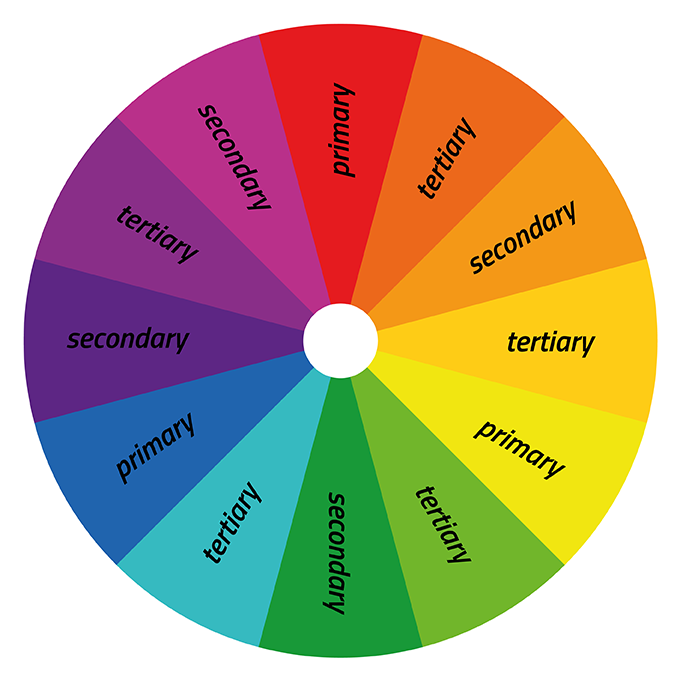

How do you think he achieved this pairing? Magic? Think again! Complimentary colors. When you look at the painting, the vibrant yellow-orange stars and moon shine out from the darkness of the blue and navy. Van Gogh’s iconic Starry Night has always been a crowd-pleaser. For example, yellow, green-yellow, and green are categorized as analogous colors.
#Complementary colors vs analogous colors pdf
This week we have examples from Van Gogh again and The Great Wave painting by Hokusai. Analogous colors are colors that are next to each other on the color wheel. Save unlimited palettes, colors and gradients, and organize them in projects and collections Explore more than 10 million color schemes perfect for any project Pro Profile, a new beautiful page to present yourself and showcase your palettes, projects and collections Get advanced PDF export options like shades, hues, color blindness, etc. Last week we posted some famous art examples to illustrate analogous colors, and that seemed to work pretty well. Using a color wheel, you can quickly pick out color combinations that are monochrome, complementary, analogous, split, triad, or tetradic. Literally, take any color you choose on the wheel, and then draw a straight line to the other side: that color on the other side is the compliment of the color that you chose.įor now we’ll keep it simple by identifying only one complimentary pairing of colors, but there are more complex ways to use complimentary color in pairs, called double-complimentary (aka tetradic). This time, the colors are directly opposite each other on the color wheel.
#Complementary colors vs analogous colors plus
For example: purple and blue green plus yellow green and red. 11 Tetradic color harmony (rectangle) In a Tetradic color harmony we use a combination of four colors that consist of two sets of complementary colors.

Adding just a small touch of a complementary color can stimulate a large area of color. Create a photograph that features a split complementary color harmony. Weaving in strands of red puts the color in the kilt. The plaid pattern on the right is based on analogous green and blue tones. These combinations can be of complementary colors, split-complementary colors, color triads, or analogous colors. These combinations create pleasing contrasts and consonances that are said to be harmonious. Last time we took a look at analogous, which are colors adjacent to each other on the color wheel. You can see this same principle at work in Scottish tartans. In color theory, color harmony refers to the property that certain aesthetically pleasing color combinations have. In this color-wheel installment we’ll cover complimentary colors.


 0 kommentar(er)
0 kommentar(er)
